Samsung's Note series is directly responsible for some of the biggest innovations in smartphones. As the first "phablet," it sparked the current craze for bigger screens, and the S Pen stylus has been mimicked numerous times. Even the curved display made famous by the Galaxy S6 edge made its debut on the Note 4, so this is the one smartphone line you want to keep track of if you like to stay on the bleeding edge.
This year, the Galaxy Note7 has some tricks up its sleeve just the same, including waterproofing, USB Type-C charging, and a futuristic iris scanner that uses your eye to unlock your phone. While the overall package might feel like a revamped version of last year's model, there's plenty to love here—more than enough to justify skipping the "Note6" name and jumping straight to "Note7."
Iris Scanner
Pardon the pun, but this is the most eye-catching feature in the Galaxy Note7. Samsung's iris scanner is the first of its kind to be used in a mass-marketed smartphone, and it takes the Note7's lock screen security to the next level.
The Note7's iris scanner works as you would expect—simply look at your phone, then you'll be securely logged in. The scanner itself looks extremely quick in all of the demos, only taking a fraction of a second to recognize the user.
It even works with glasses in most cases, and because it uses infrared light, it works in the dark, too. But perhaps the most intriguing aspect of the iris scanner is that it can be used along with a Gear VR headset to log into your favorite virtual reality apps without touching the screen.

Users logging in to their Gear VR headsets at Samsung's Unpacked event.
There's still a fingerprint scanner on board to work for Samsung Pay and to use in addition or instead of the iris scanner, so don't worry about that.
USB Type-C
Speaking of the Gear VR, Samsung opted to not include the new reversible USB Type-C charging connector in their Galaxy S7 models earlier this year, mostly because their existing virtual reality headsets were using the older Micro USB standard. But the Gear VR got a refresh alongside the debut of the Note7, and now both use the quicker-charging USB Type-C connectors.
The Note7 is Samsung's first USB Type-C device, which is a huge plus. USB-C cables are fully reversible, they support higher amperage for charging, faster data transfer speeds, and a few other goodies. Bottom line, you'll never again have to fumble around trying to get your charging cable plugged in the right way.

The Galaxy Note7's USB Type-C port means fully reversible cables.
You'll definitely want to stock up on USB-C cables, since all newer phones, from the LG G5 to the HTC 10, and even Google's Nexus devices are switching to the new standard. But there have been some rough patches in the transition to the newer cable, and some aren't quite up to snuff, so make sure that you're buying a Google-approved USB Type-C cable by visiting the link below.
First Water-Resistant Note
Keeping with the theme of firsts, the Galaxy Note7 will be the first ever water-resistant Note. The new device carries an IP68 dust and water resistance rating, meaning you can take your phone underwater to a depth of at least one meter, and accidental splashes will be no problem at all. This waterproofing certification also applies to the S Pen (bonus: the S Pen can no longer get stuck if you put it in backwards).
Grace UI Replaces TouchWiz
Samsung applies its own skin to Android, and this interface has always been known as TouchWiz. Over the years, the added bloat, as well as the cartoonish UI, have garnered plenty of hate, making "TouchWiz" one of the most reviled words in the Android dictionary.
But, for the last year or two, Samsung has been working hard to slim down this interface and bring in some polish. It's gotten to the point where the new interface is so far removed from the TouchWiz of days past that Samsung has finally decided to rebrand. As a result, the Note7 will be the first device to sport the newer, cleaner "Grace UI," which finally incorporates some Material Design elements, and looks to be a far more elegant user experience.

Old TouchWiz Messaging app.

New Grace UI messaging app.

Old TouchWiz Messaging app.

New Grace UI messaging app.
MicroSD Returns
One of the biggest reasons that Samsung fans have always been so loyal to the brand is that many other manufacturers don't offer expandable microSD storage, while Samsung does. Sadly, this fact changed with last year's Galaxy Note5, and the absence of a microSD slot alienated a lot of users.
Well, Samsung heard the complaints loud and clear, so this year, expandable storage was brought back to the Note line. While the Note7 starts with a whopping 64 GB of internal storage in the base model, a microSD card can be used to add as much as 256 GB of additional storage.

MicroSD is back!
Other Key Features
Like the Galaxy S7 edge, the Galaxy Note7 will sport a curved display—though the rounded sides are a bit more subtle on the Note. This year's model will not have a flat-faced variant, so the edge display is a standard feature now, as are all of the edge screen software additions.
Then, of course, the S Pen is back in all its glory. All of the features from last year's stylus will return, but this year's model sports a tip that's nearly half the diameter, with pressure detection that's twice as sensitive, so you'll be able to write with pinpoint accuracy.

All variants of the Note7 will sport a curved display.
Finally, there's a wide array of official accessories to choose from, though they're essentially the same ones that were available for the Galaxy S7. A camera lens, clip-on keyboard, and "LED View" cover case round out the highlights here, but the selection feels a little underwhelming in light of the more modular phones that have been released recently.
The Specs
This is truly a beast of a phone, so let's take a second to marvel in the specifications.
- size: 6.04" (h) x 2.91' (w) x 0.31" (d)
- weight: 5.96 oz
- screen: 5.7" AMOLED display
- resolution: 1440p QHD (518 PPI)
- processor: 2.15 GHz Snapdragon 820 (US variants), 2.3 GHz Exynos 8890 (international)
- RAM: 4 GB
- storage: 64 GB internal, expandable (via microSD) up to 256 GB
- battery: 3500 mAh
- rear camera: 12 MP, f/1.7 lens, 1080p video at 60 fps, or 1440p video at 30 fps
- front camera: 5 MP, f/1.7 wide-angle lens
- waterproofing: IP68 dustproof and water resistant to depths beyond 1 meter
- colors: Blue Coral, Gold Platinum, Silver Titanium, Black Onyx
The only real downside here is that the US variants of the Note7 are still using the same Snapdragon 820 chip featured in the Galaxy S7, while an improved model (Snapdragon 821) is ready to be released any day now. The Snapdragon variants of the Galaxy S7 cannot be rooted without some serious hackery, so we'll have to see if this issue plagues the Note7 as well.
The 4 GB of RAM will definitely be more than enough, but it's slightly disappointing when you consider that the OnePlus 3 comes with 6 GB, though this is the only mainstream Android phone with more memory than the Note7.
All told, the specs are either on par with, or superior to the top-notch internals in the Galaxy S7, which has proven to be one of the fastest and most capable Android phones ever released, so that's definitely a good sign for real-world performance.
Pricing & Availability
The Galaxy Note7 will be available for preorder on August 3, 2106 in the US, with a release date of August 19, 2016 on all major carriers. Retail price is set at $849, which comes out to about $35/month if you finance through your carrier, so it's one of the most expensive phones out there.
European residents can preorder the Note7 starting August 16, 2106, with an expected release date of September 2, 2016. The rest of the world will follow shortly after, and can expect a price range similar to the UK model at about £699.
Is the Game Changed?
This year's Galaxy Note offers quite a few new features, but Samsung isn't pushing the envelope as far as it has in years past. Most of the "firsts" here only apply to Samsung and the Note series itself—things like USB-C and water resistance have already been used in other smartphones. Even the iris scanner has been done before, with Nokia beating Samsung to the punch with its Lumia 950.
That said, the Note is mainstream enough to bring these features into the public eye. Other devices that had similar functionality in the past weren't marketed nearly as much as the Note7 will be, so this should be a boon for USB Type-C adoption and iris scanners in general.
The Note7 might feel like a minor refinement on the Note5 at first glance, but as the Galaxy S7 proved when facing similar criticism, these finishing touches can go a long way when it comes to sales and general consumer sentiment. Plus, when we look back on things in a few years, we'll almost certainly remember the Note7 as the phone that brought USB-C and iris scanning to the masses, and that's the bottom line.
And looking at how the iPhone 7 is shaping up right now, it'll probably be a few more years at least before Apple gets back up ahead of Samsung in the smartphone wars.
- Follow Gadget Hacks on Facebook, Twitter, Google+, and YouTube
- Follow Apple Hacks on Facebook and Twitter
- Follow Android Hacks on Facebook and Twitter
- Follow WonderHowTo on Facebook, Twitter, and Google+
Cover image via Samsung












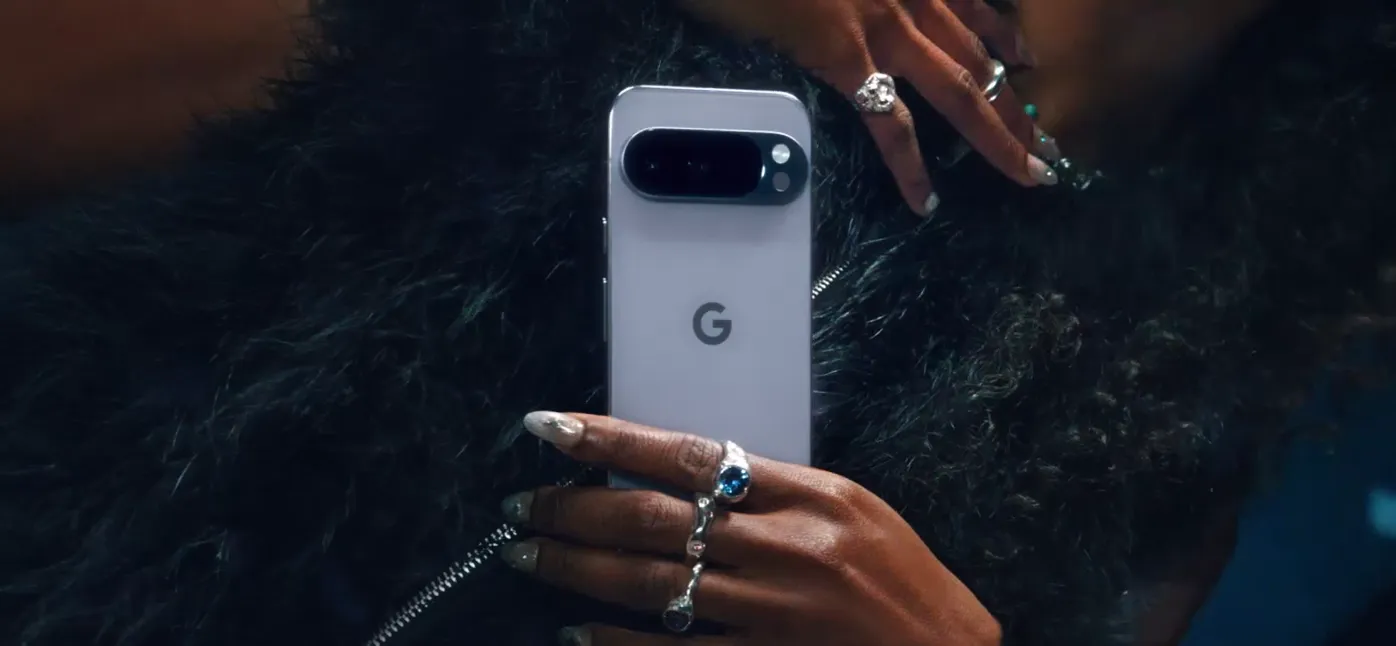
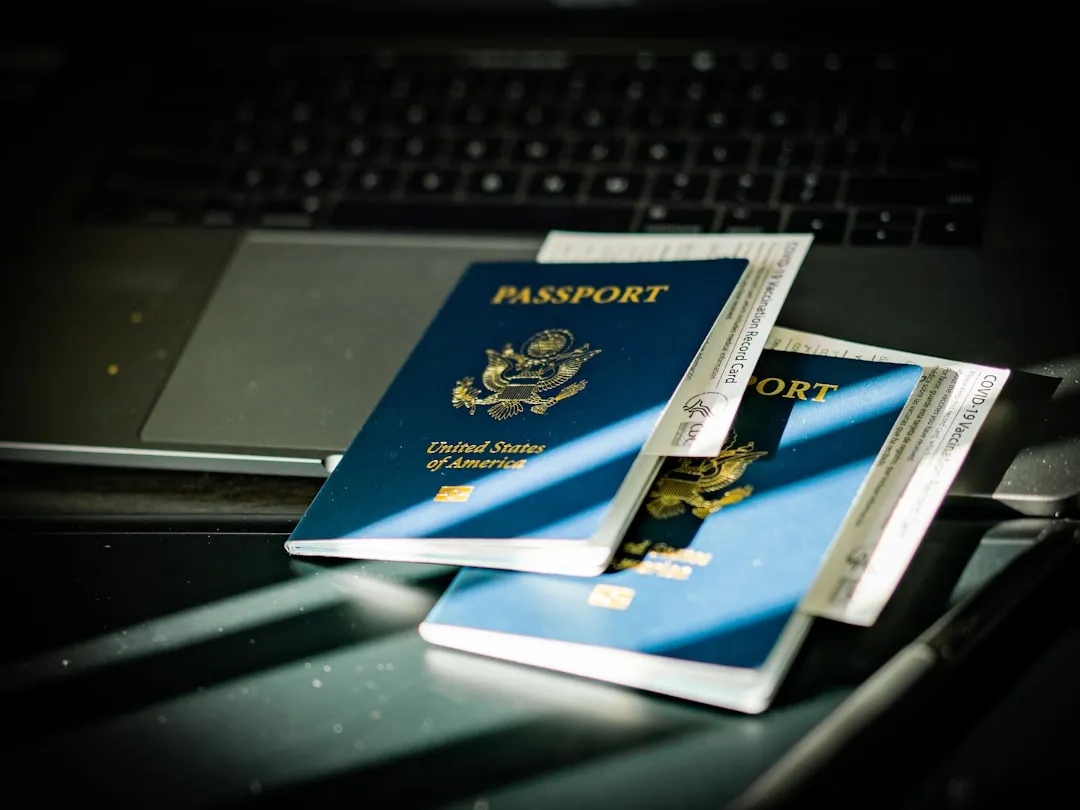





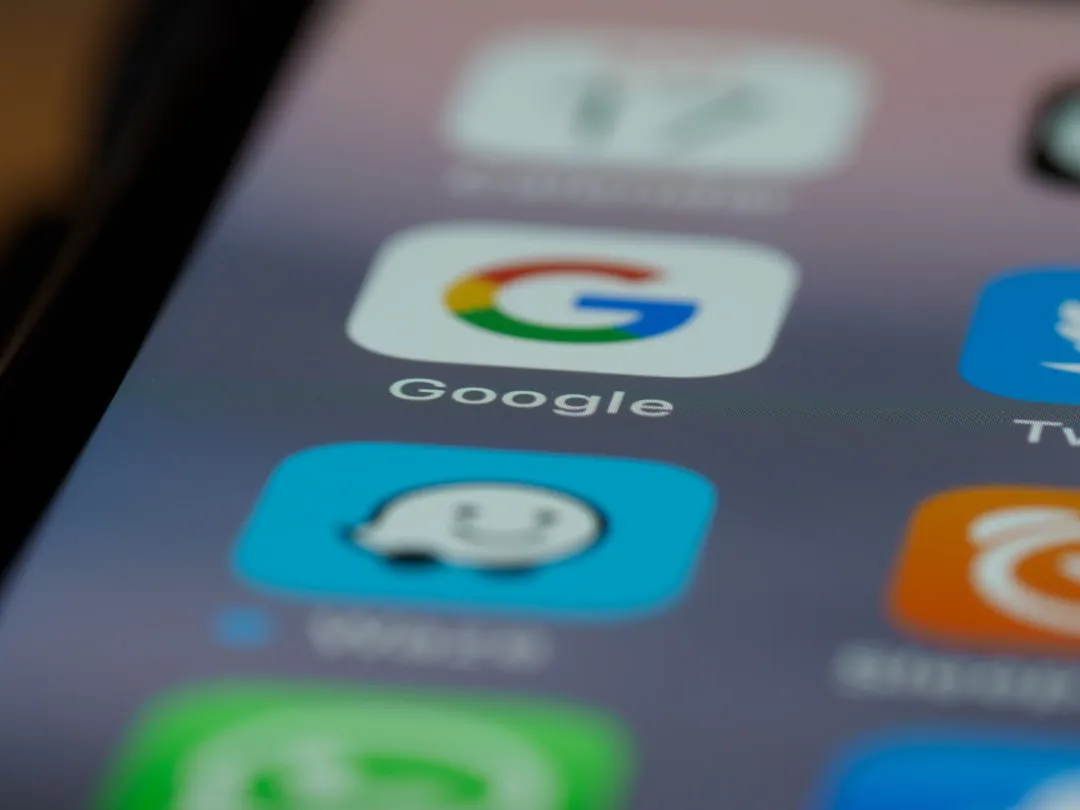
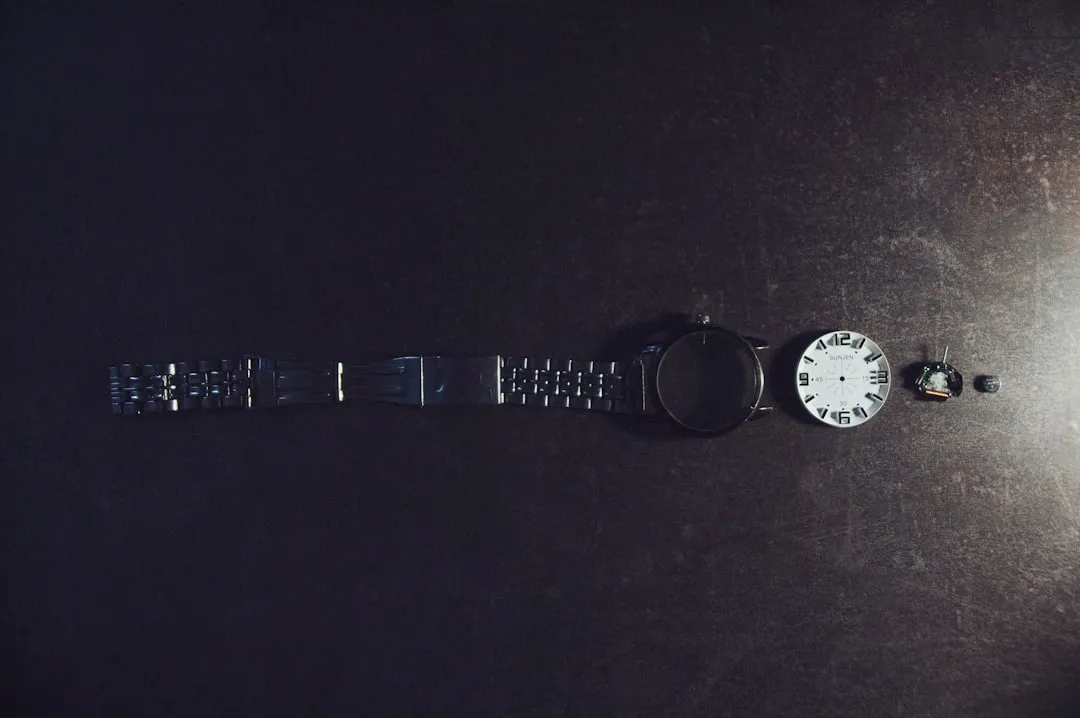


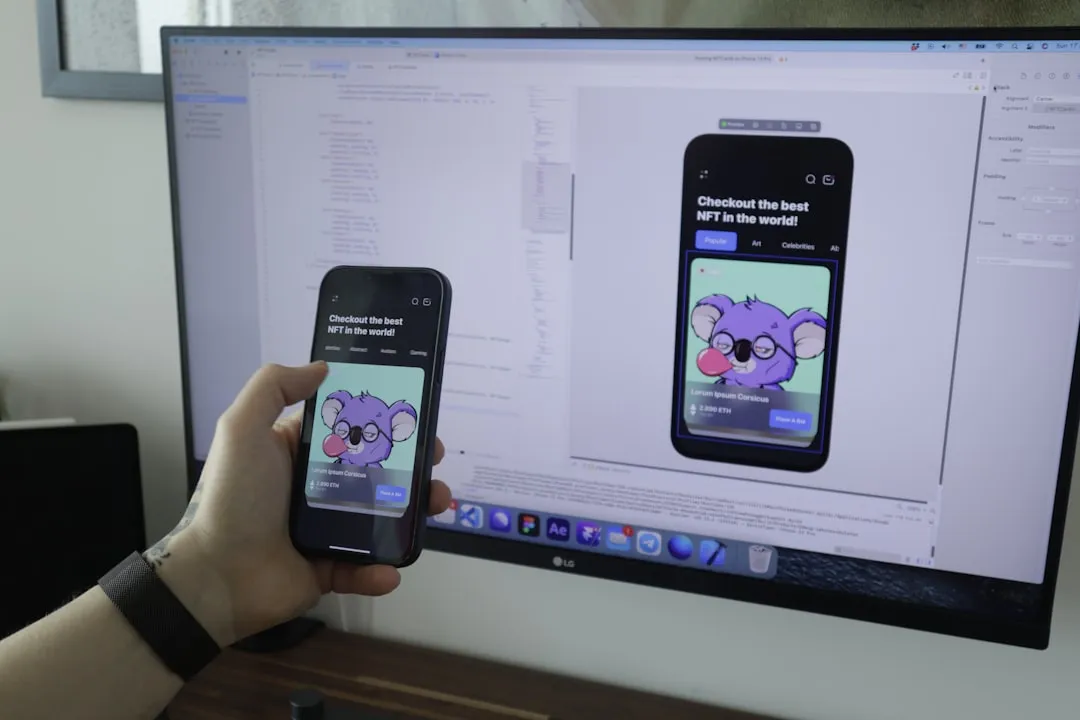

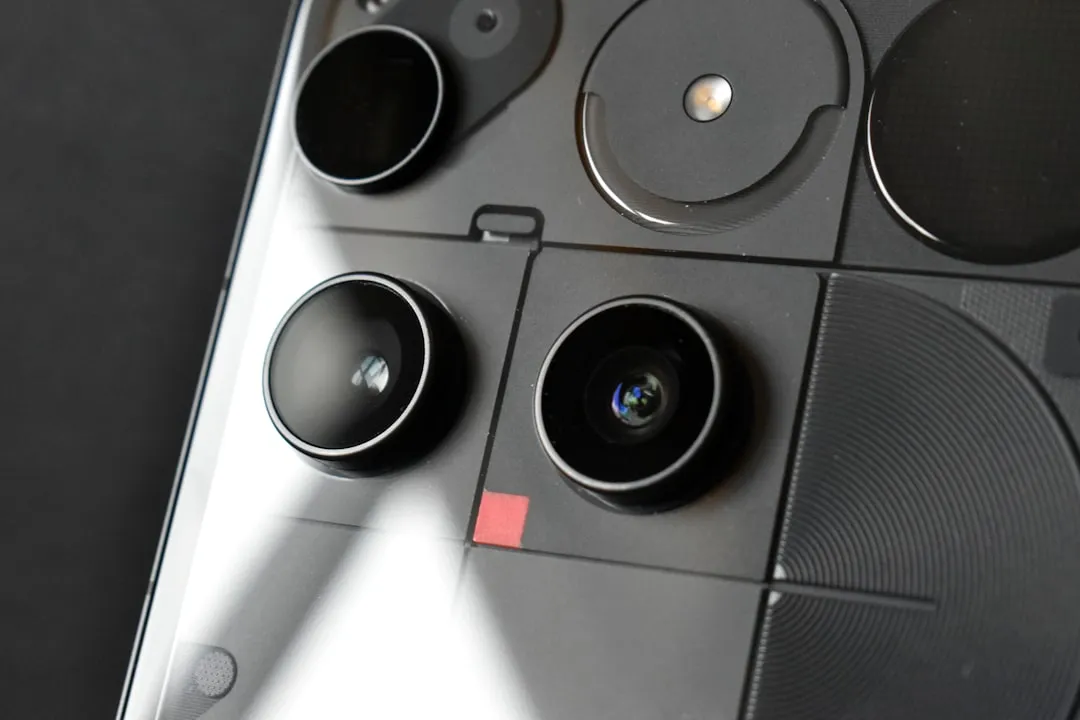
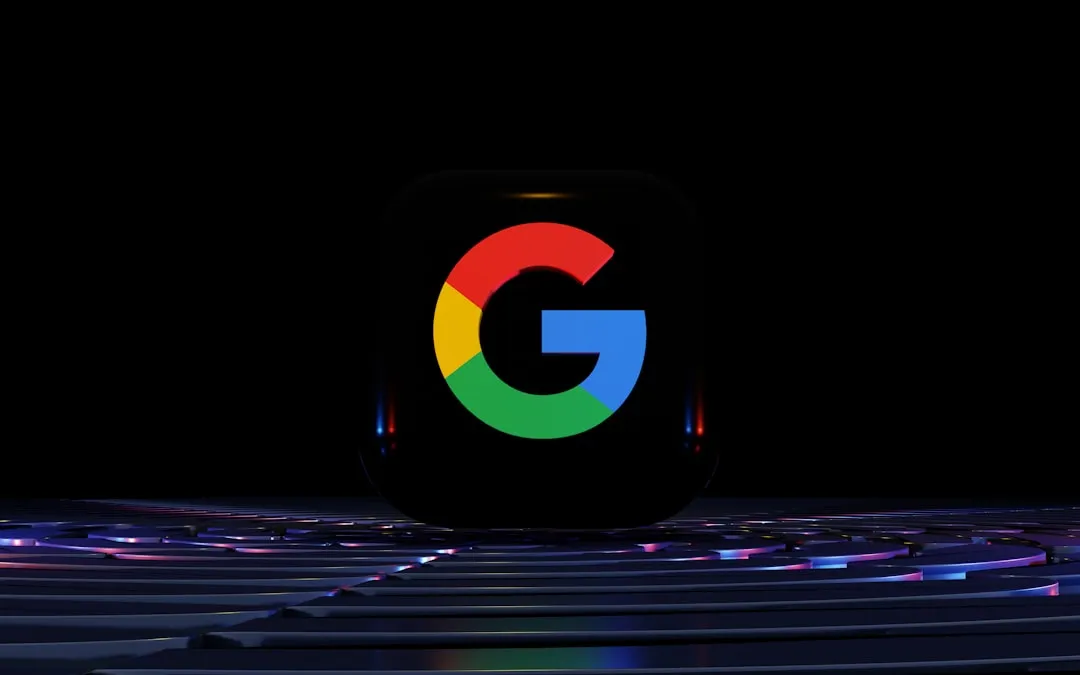

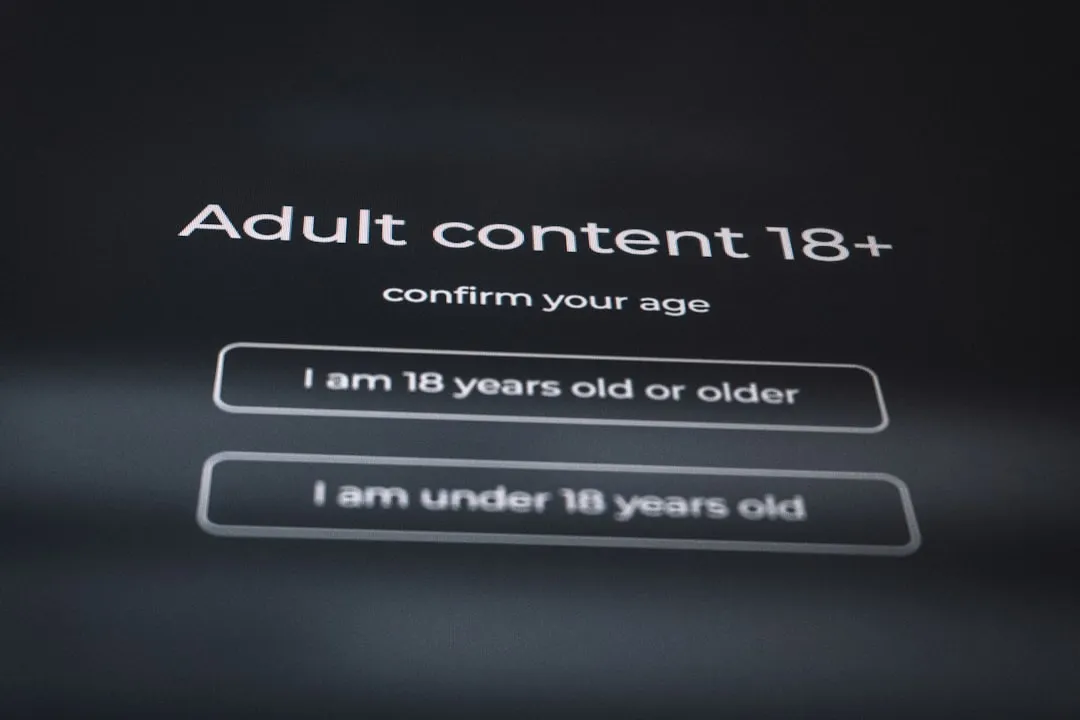
Comments
Be the first, drop a comment!